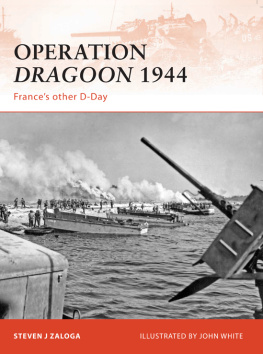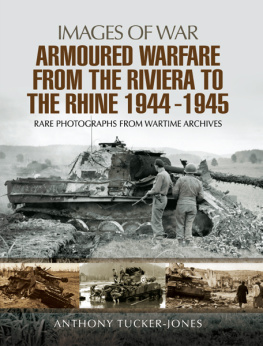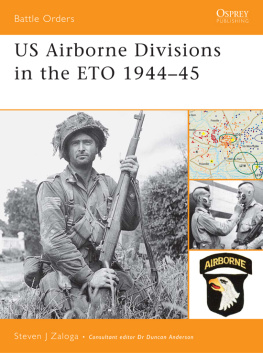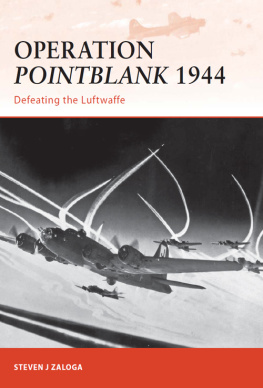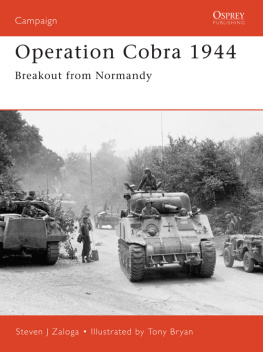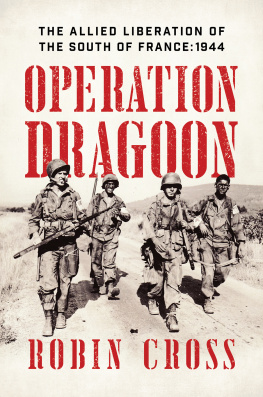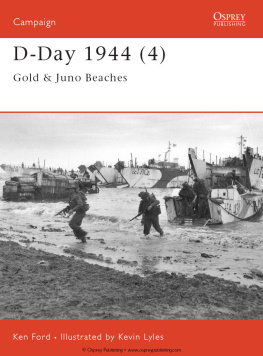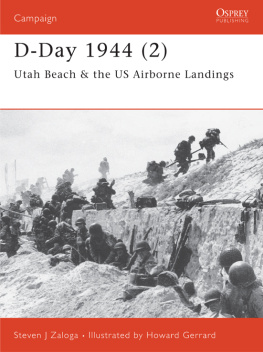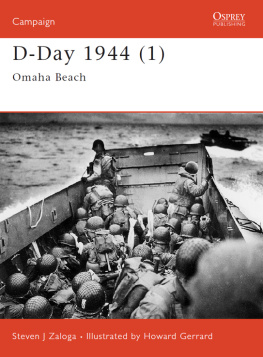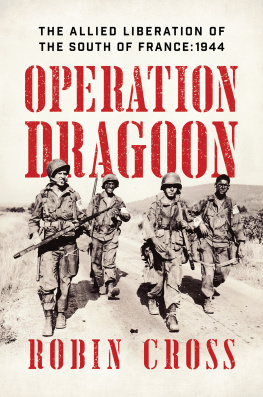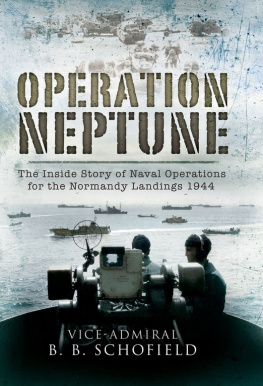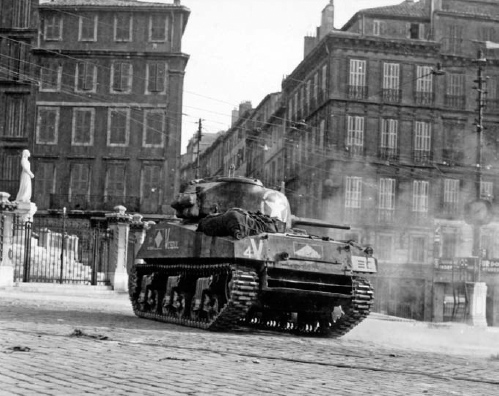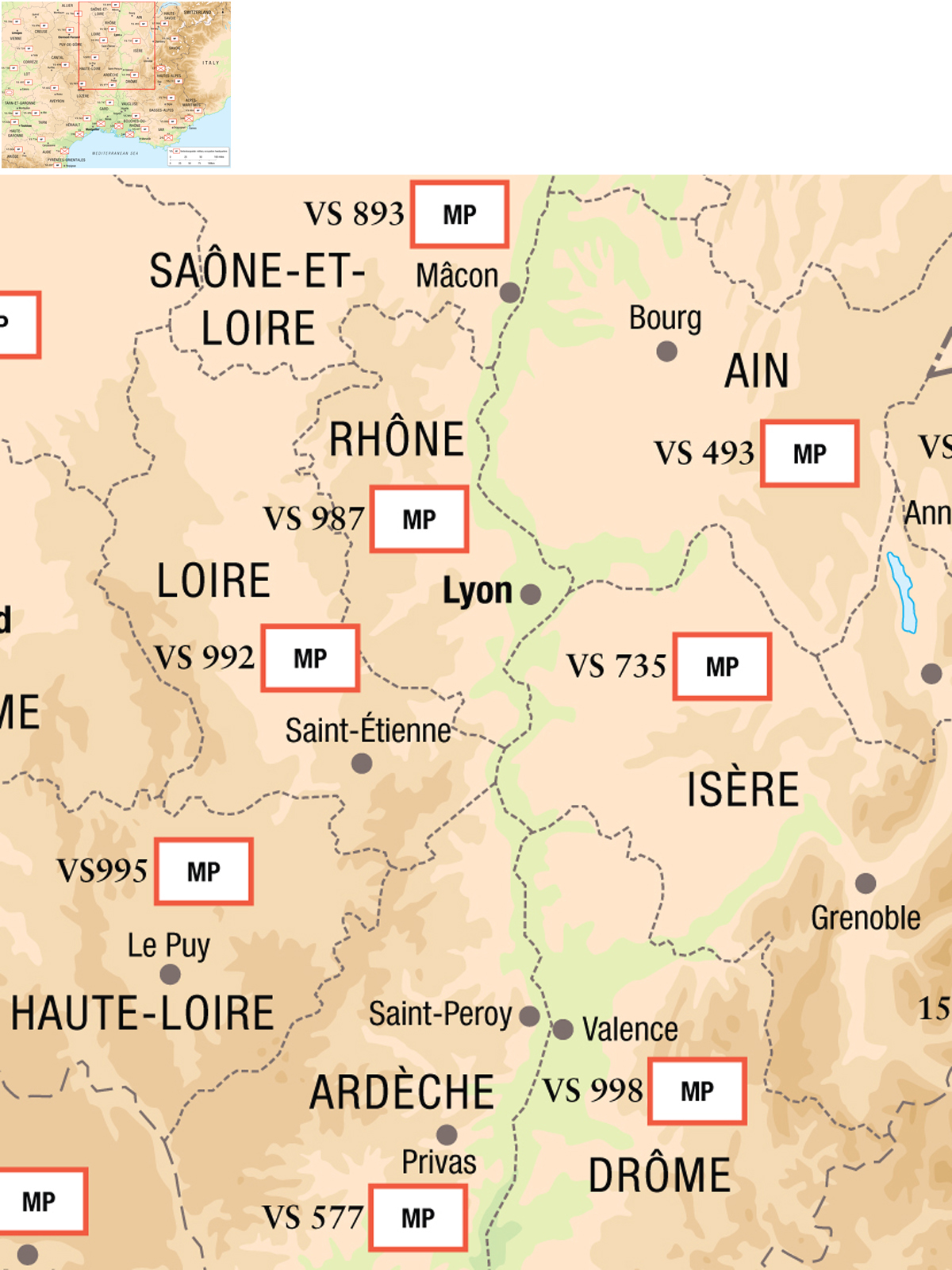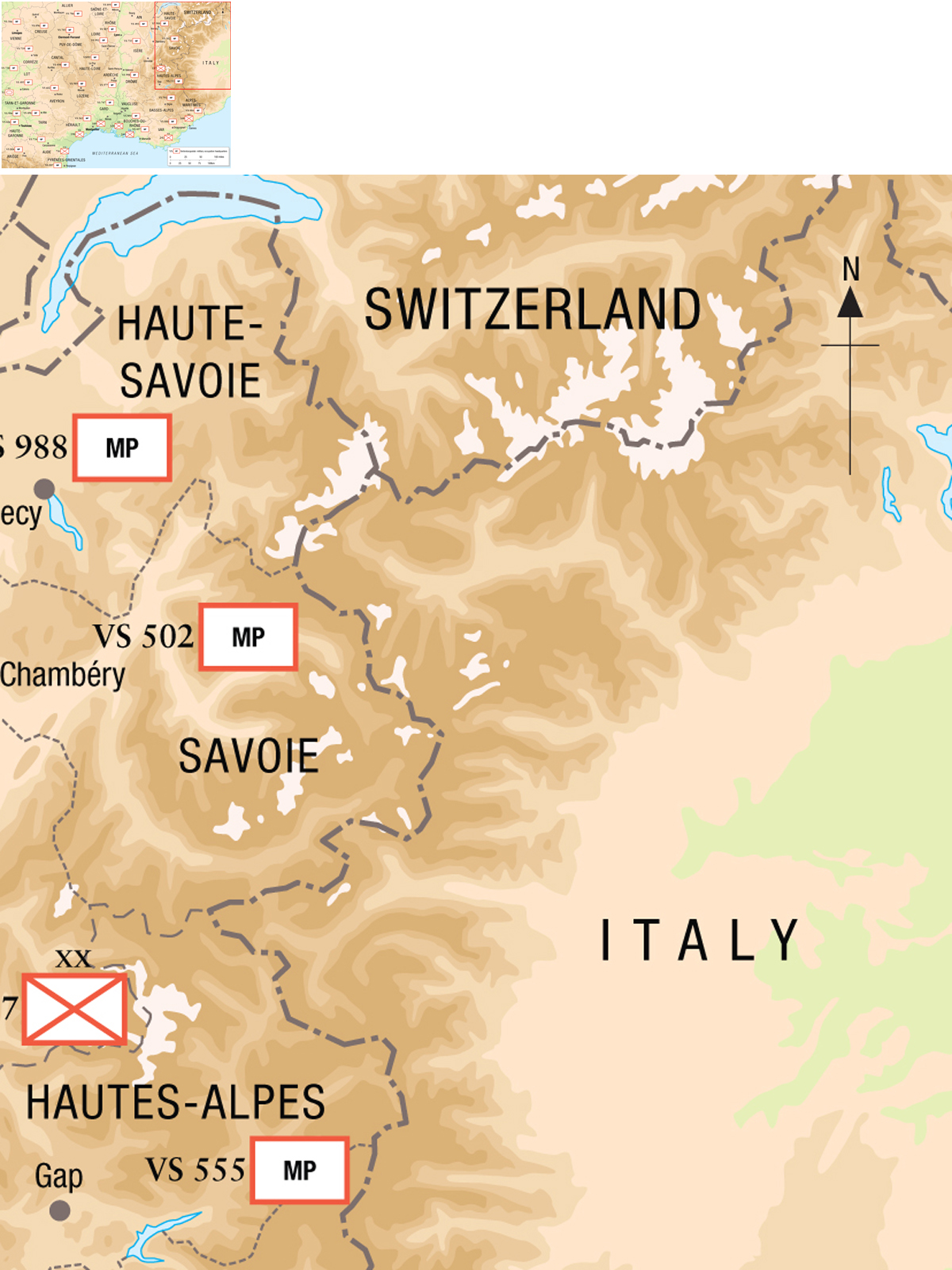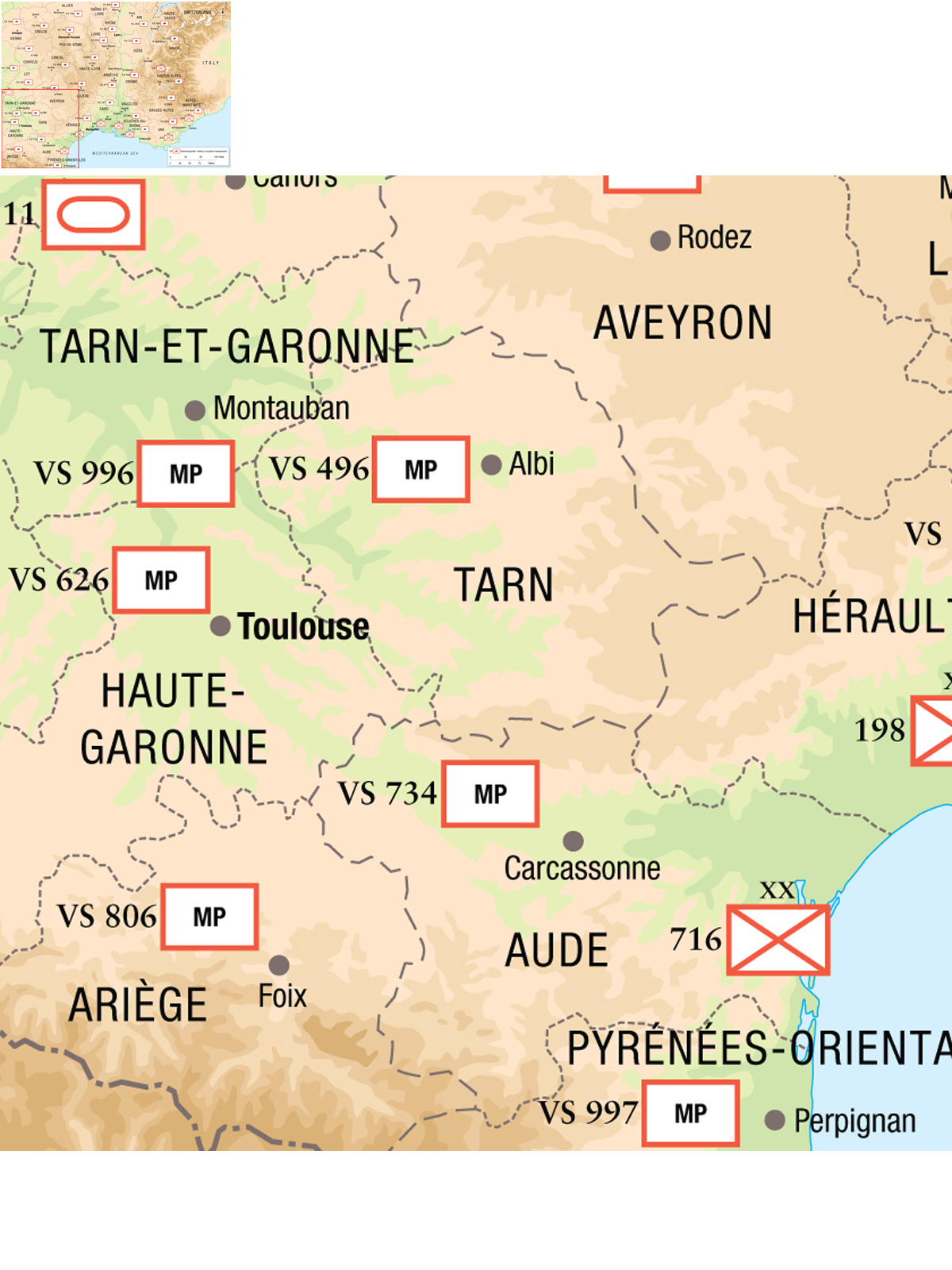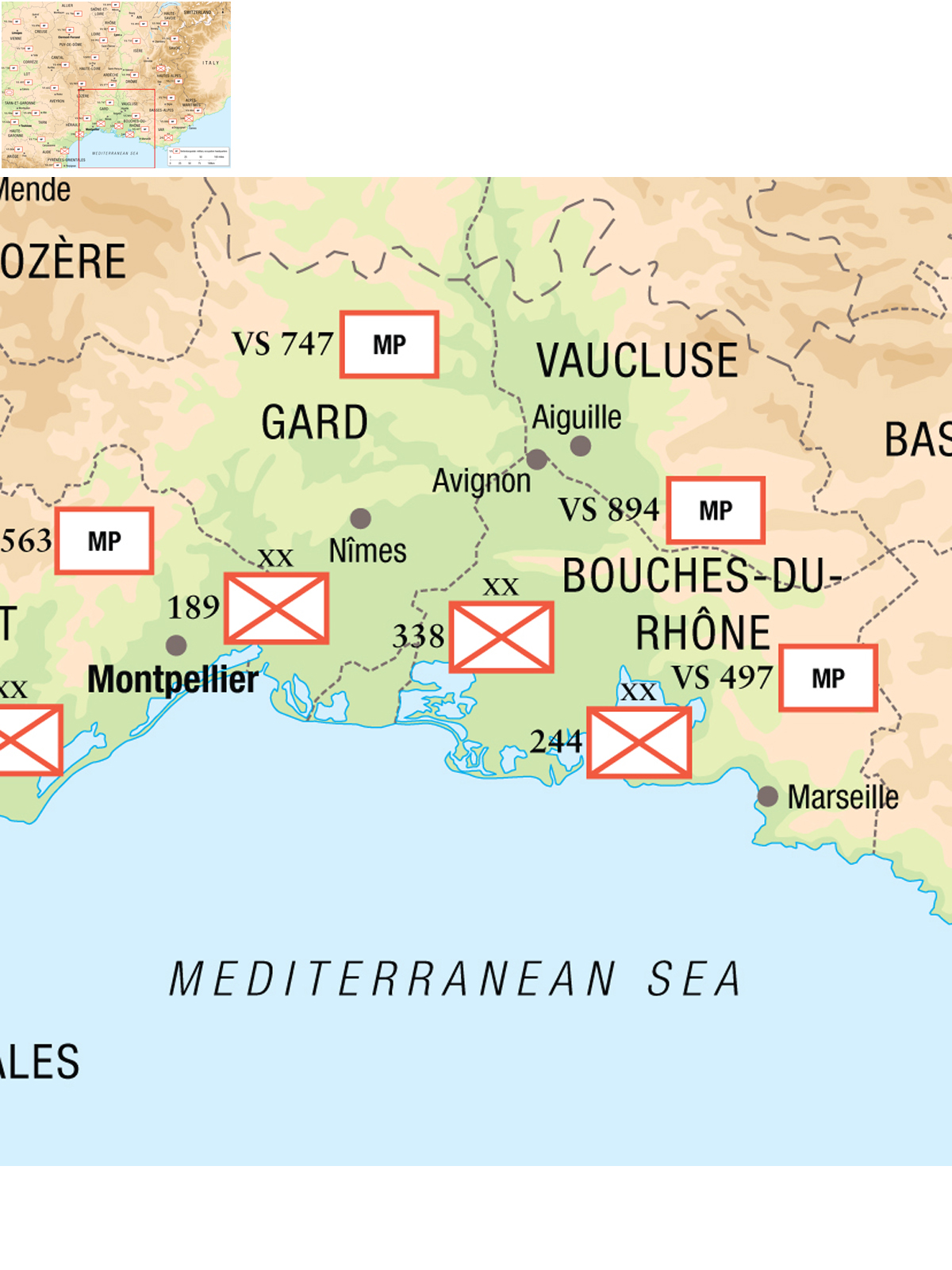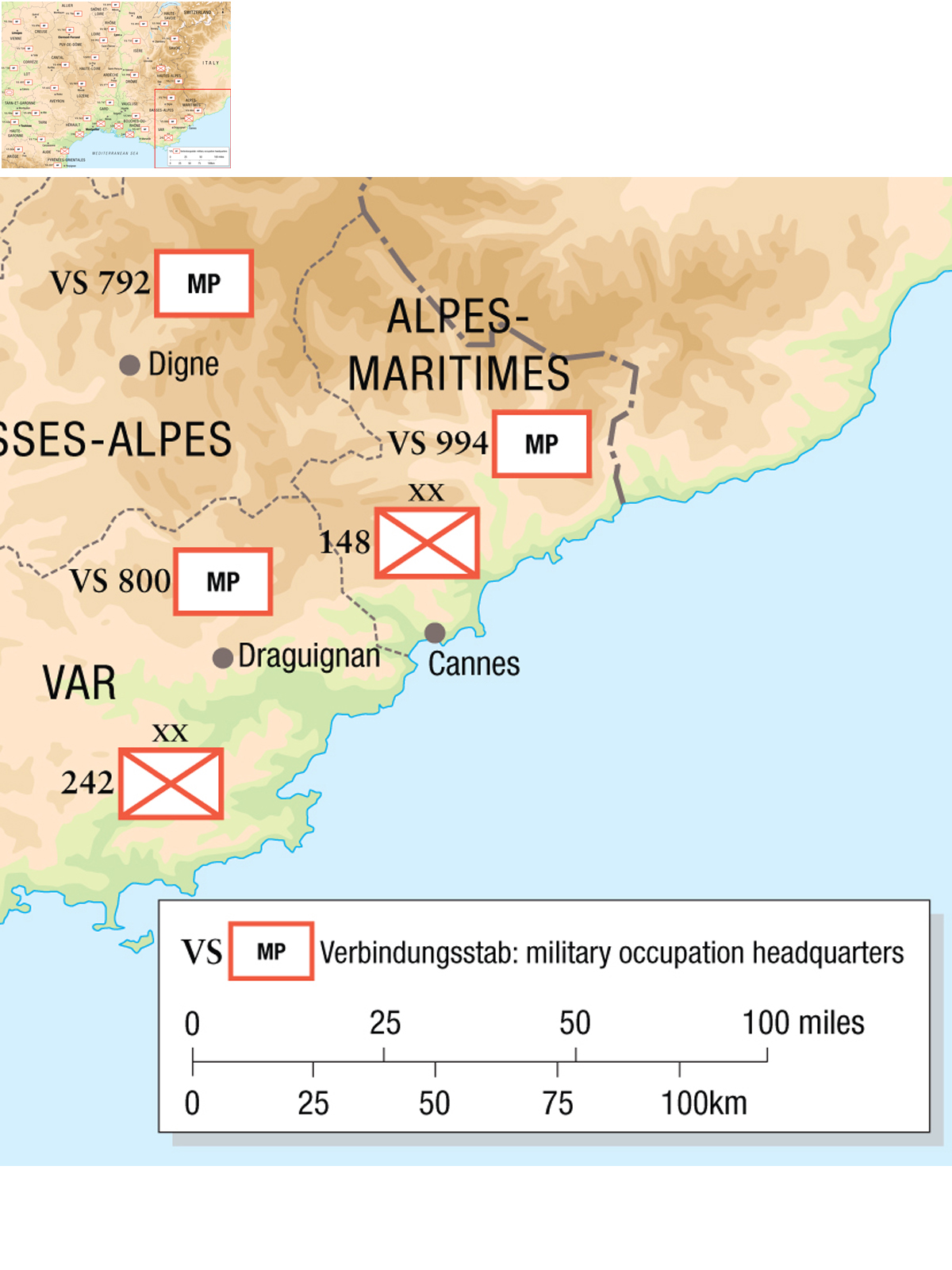CAMPAIGN 210
OPERATION DRAGOON 1944
Frances other D-Day
| STEVEN J ZALOGA | ILLUSTRATED BY JOHN WHITE |
| Series editors Marcus Cowper and Nikolai Bogdanovic |
CONTENTS
INTRODUCTION
The invasion of southern France on August 15, 1944, is one of the least celebrated yet most important combat operations by the Allies in the summer of 1944. Originating in a bitter strategic dispute between senior US and British leaders, Operation Dragoon succeeded far beyond the wildest dreams of its advocates. The Wehrmachts Heeresgruppe G in southern and central France, weakened by diversions of its meager forces to Italy and Normandy, was unable to create a viable defense and so was forced to withdraw. Instead of a bitter battle of attrition akin to Anzio or Normandy, Dragoon quickly turned into a headlong retreat by German forces up the Rhne Valley with American and French troops in hot pursuit. In the process of retreat, Heeresgruppe G lost more than half its forces, totaling over 150,000 troops as well as most of its heavy equipment. In the space of less than four weeks, the majority of France was liberated at very modest cost to Allied forces. The main operational objective was to capture the ports of Marseille and Toulon and these would prove essential to the support of the Allied operations, providing more than a quarter of all Allied supplies in 194445. Dragoon was a textbook example of the Allies enormous advantage in operational mobility via amphibious operations. It effectively exploited the Wehrmachts strategic overextension caused by Hitlers stubborn refusal to consolidate to more defensible positions in 1944.
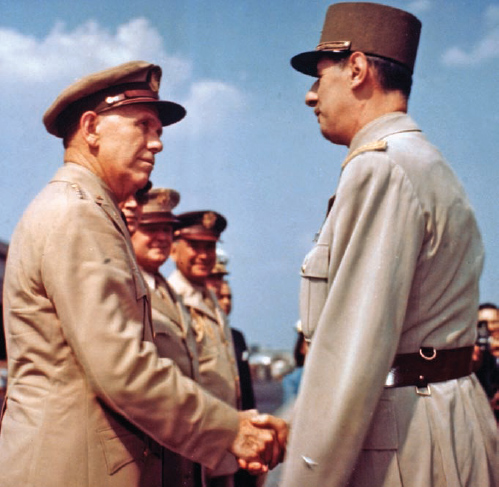
The driving force behind Operation Dragoon was the US Army Chief of Staff, General George C. Marshall. He did not favor the continued diversion of US forces to the Mediterranean theater after the fall of Rome in June 1944. Furthermore, Charles de Gaulle and Free French leaders were not happy to leave their eight newly formed divisions in Italy and the Mediterranean theater, and were pressuring the US government to commit them to the liberation of France. (NARA)
THE STRATEGIC SITUATION
The 1943 Allied decision to invade Normandy in 1944 set the stage for further debates about the use of Allied forces in the Mediterranean theater of operations (MTO). The American viewpoint, most strongly argued by Chief of Staff General George C. Marshall, was that the Mediterranean theater represented a wasteful diversion and that further operations in Italy should be limited except for the need to tie down German forces. British strategy had traditionally favored peripheral operations, and British political interests in the Mediterranean also encouraged more extensive operations there, beyond Italy into Greece and the Balkans.
The American proposal to stage an amphibious landing in southern France was first broached at the Trident conference in May 1943, one of a series of conferences sponsored by the Combined Chiefs of Staff (CCS). Such an operation was too risky to conduct in 1943, and at the time of the Quadrant conference in August 1943 between Roosevelt and Churchill, the US Joint Chiefs of Staff were promoting an amphibious operation in southern France, codenamed Anvil, that could be launched around the same time as Operation Overlord in Normandy. The British opposed the plan, favoring continued operations in Italy or elsewhere in the Mediterranean. When the issue was raised at a conference with Stalin in Tehran on November 28, 1943, the Soviets were adamant that Overlord go ahead in May 1944 as promised, and showed no enthusiasm at all for further operations in the Mediterranean except for Anvil which they viewed as an intriguing adjunct to Overlord. The conference concluded with the Combined Chiefs of Staff agreeing to limit Italian offensives beyond Rome and instead to focus on a combined OverlordAnvil operation in May 1944. The prospects for Anvil dimmed considerably in early 1944. Both Montgomery and Eisenhower agreed that more amphibious landing capability would be need for the Normandy operation, and this absorbed some of the resources planned for Anvil. At the same time, Allied operations in Italy had gone badly. The US Army had reluctantly agreed to an amphibious landing at Anzio in January 1944 as a means to speed up the capture of Rome. Starved of troops and supplies, the Anzio operation soon stalled and turned into a bloody battle of attrition. British planners argued that the Allies could not support three major operationsItaly, Overlord, and Anvilsimultaneously and that Anvil should be sacrificed. So Anvil went into limbo in the spring of 1944.
The prospects for a southern France operation revived in June 1944 after the capture of Rome and the Normandy landings. The successful conclusion of the Normandy landing freed up amphibious assets and the liberation of Rome ended the frustrations around Monte Cassino and Anzio. The tipping point was the Channel storm on the Normandy coast in late June that wrecked the artificial harbor on Omaha Beach and the German demolition of the port of Cherbourg prior to its capture by the US Army. Eisenhower became very concerned about port capacity to supply Allied forces, and the seizure of the ports of Marseille and Toulon became increasingly attractive. On the political front, de Gaulle and the Free French leaders were not happy to see the growing French army in the Mediterranean squandered in pointless attritional warfare in the Italian mountains, and demanded that they be employed in France. Churchill realized that Anvil would strangle his cherished Italian campaign and he made a last-minute plea to Roosevelt labeling the operation a major strategic and political error. Based on Marshalls advice, Roosevelt rebuffed Churchill and refused any Balkan adventures. The Combined Chiefs of Staff authorized the southern France landings on July 14, 1944. The revived plan received a new codename, Dragoon, reputedly offered by Churchill who complained that he had been dragooned into the operation.
While northern France had been occupied by the Wehrmacht since the 1940 armistice, France south of the Loire had remained under Marchal Ptains French Government based in Vichy. When the Allies invaded French North Africa in November 1942, the Wehrmacht occupied the remainder of France except for the Riviera coast, which was occupied by the Italian Fourth Army. When Italy signed an armistice with the Allies on September 8, 1943, the Wehrmacht occupied the rest of the Riviera coast. Southern France did not play a major role in German strategic planning and served mainly as a training area for units later dispatched back to Russia or to Italy. With Allied operations against southern France growing more likely in late 1943 and early 1944, local commanders hoped that Berlin would permit a strategic realignment akin to the strategic withdrawal to the Hindenburg Line in 1917. In this case a withdrawal of Heeresgruppe G back toward Dijon would create a more viable defensive perimeter shielding Alsace, Lorraine and the Saar. Given Hitlers penchant for clinging to every last bit of conquered territory, such a realignment was not seriously contemplated until it was too late.

